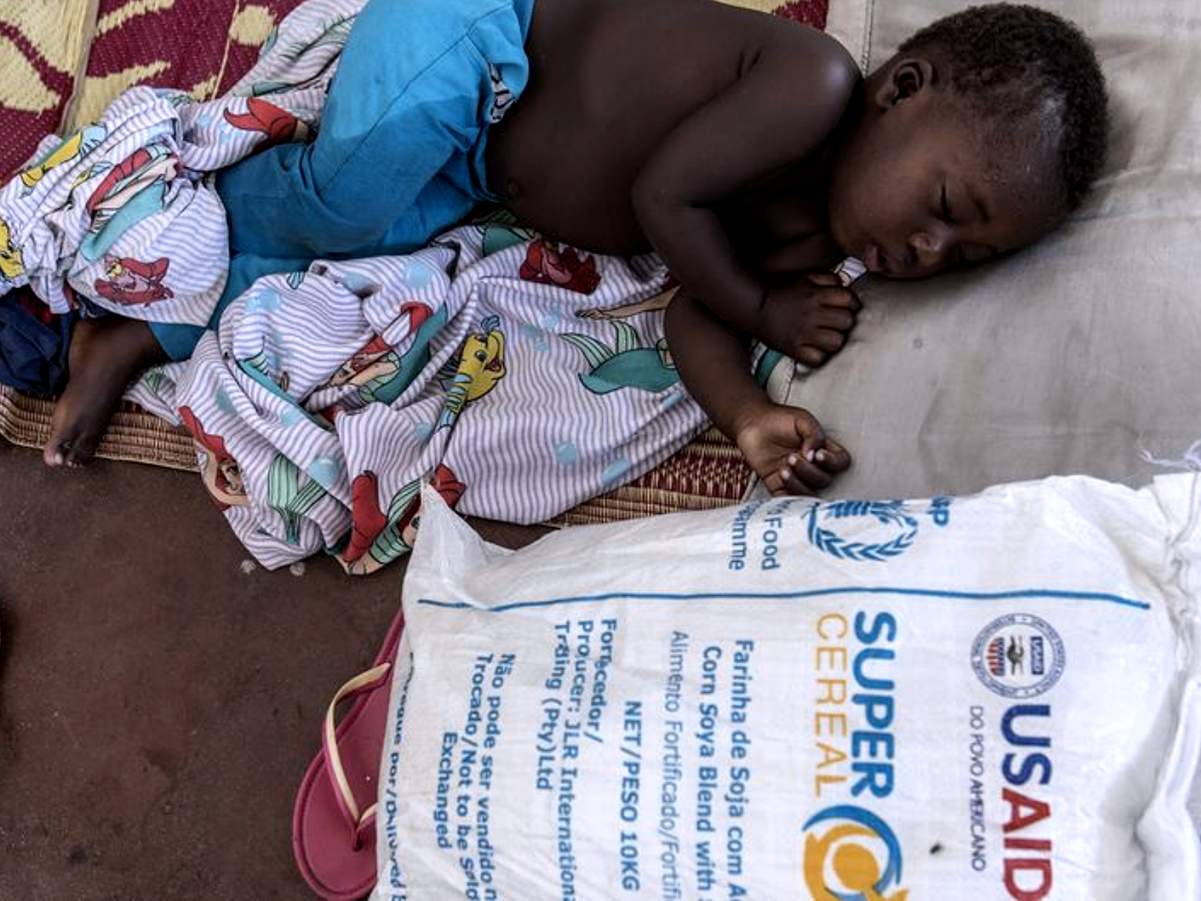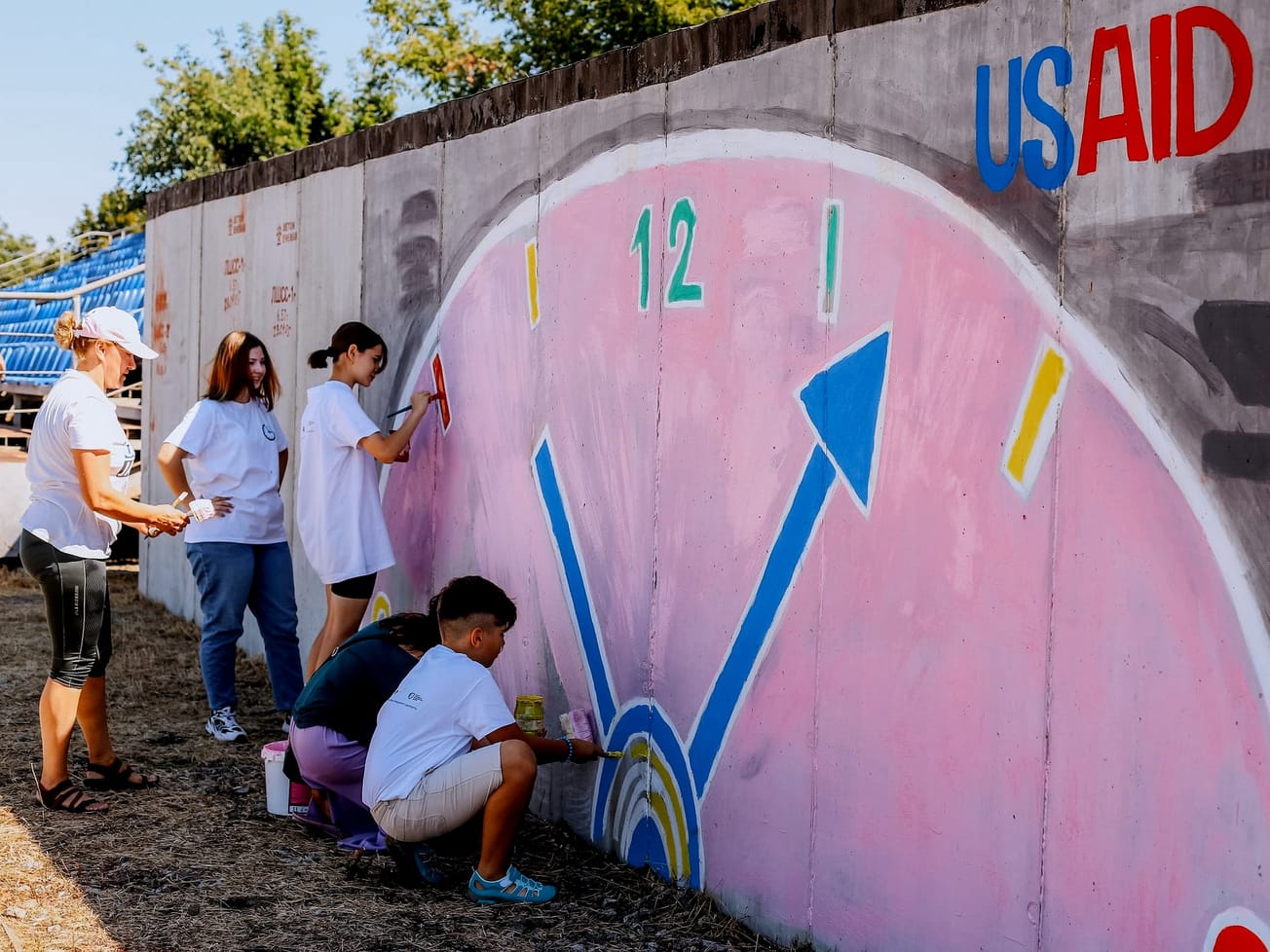GENEVA (AN) — For the second time this year, the U.N. humanitarian chief released US$100 million from an emergency fund to help desperate people trying to survive conflicts, diseases and climate disasters around the world.
What's new: Joyce Msuya, the United Nations' acting undersecretary-general for humanitarian affairs and emergency relief coordinator, announced on Friday that her agency is providing "an emergency cash injection of last resort to avert the worst and save lives when other humanitarian funding is inadequate." The money goes to emergencies across 10 countries in Africa, the Americas, Asia and the Middle East.









